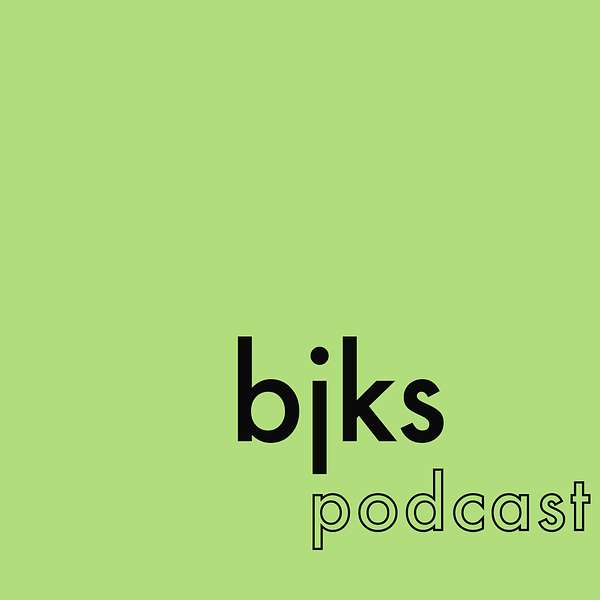
BJKS Podcast
A podcast about neuroscience, psychology, and anything vaguely related. Long-form interviews with people whose work I find interesting.
BJKS Podcast
8. Paul Smaldino: Cubist chickens, formal models, and the psychology curriculum
Paul Smaldino is an Associate Professor at the University of California, Merced. His research focus is broad and includes cultural and social evolution, cooperation, and philosophy of science.
In this conversation, we focus on Paul's recent papers on modelling, which I have found very useful in my own attempts of getting started with creating formal models.
BJKS Podcast is a podcast about neuroscience, psychology, and anything vaguely related, hosted by Benjamin James Kuper-Smith. New conversations every other Friday. You can find the podcast on all podcasting platforms (e.g., Spotify, Apple/Google Podcasts, etc.).
Timestamps
0:00:20: The parable of the cubist chicken & the need for formal models in psychology
0:15:48: Why do psychologists not use formal models more?
0:26:23: Models specify the relationship between variables
0:40:02: What is the difference between a formal model and a theory?
0:50:46: If we add formal modelling to the curriculum, what should we take out?
Podcast links
- Website: https://bjks.buzzsprout.com/
- Twitter: https://twitter.com/BjksPodcast
Paul's links
- Website: http://smaldino.com
- Google Scholar: https://scholar.google.de/citations?user=AwHfbP0AAAAJ
- Twitter: https://twitter.com/psmaldino
Ben's links
- Website: www.bjks.blog/
- Google Scholar: https://scholar.google.co.uk/citations?user=-nWNfvcAAAAJ
References
Eisenberg, E. M. (1984). Ambiguity as strategy in organizational communication. Communication monographs.
Gigerenzer, G. (1977-present). Everything he ever wrote. Every Journal he ever published in.
Kauffman, S. A. (1976). Articulation of parts explanation in biology and the rational search for them. In Topics in the Philosophy of Biology (pp. 245-263). Springer, Dordrecht.
Muthukrishna, M., & Henrich, J. (2019). A problem in theory. Nature Human Behaviour.
Rabin, M. (2013). An approach to incorporating psychology into economics. American Economic Review.
Smaldino, P. E. (2017). Models are stupid, and we need more of them. Computational social psychology.
Smaldino, P. (2019). Better methods can't make up for mediocre theory. Nature.
Smaldino, P. (2020). How to translate a verbal theory into a formal model. Social Psychology.
Smaldino, P. (2020). How to Build A Strong Theoretical Foundation. PsyArXiv.
Wimsatt, W. C. (1972, January). Complexity and organization. In PSA: Proceedings of the biennial meeting of the Philosophy of Science Association (Vol. 1972, pp. 67-86). D. Reidel Publishing.